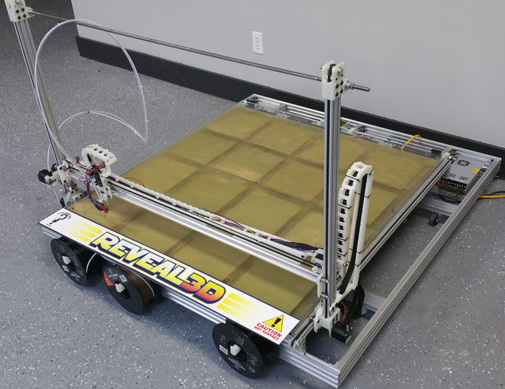
Now is perhaps the most difficult time for a small 3D printer startup since patents started to expire in 2009.
Things always get more difficult as the space matures and this is certainly the case in desktop 3D printers. In 2009 the space was virtually empty, with the only 3D printers available being expensive industrial units from the big companies.
That huge price gap provided an opportunity for inventive organizations to launch desktop machines – and they did.
The initial machines were terribly rudimentary by today’s standards, with print quality and reliability factors unacceptable these days. Oh, and you probably had to assemble the machine yourself.
But they sold because they were inexpensive and they were the only show in town.
From that initial burst came a number of today’s major players in the desktop 3D printing industry, including MakerBot, Ultimaker, Formlabs and others.
These surviving success stories continued to refine their products in many ways, mostly listening to their clients needs. In fact, in recent years such companies have actually refrained from doing major improvements to their hardware and instead have focused on education and usage in attempts to grow their markets, because it turns out the hardware is actually pretty close to what customers need already.
Their growth and refinement has made things very challenging for 3D printer startups. Things that have changed:
- Little need to assemble your own device unless you really want to
- Out-of-the-box instant correct operation is now typical
- Machine sizes and capacities have self categorized into price ranges acceptable to various market segments: mini, prosumer, large format, etc.
- Software management has become networked and sometimes cloud based with powerful features
- Machine operation has become much more sophisticated with significant automation slowly becoming a default feature
- Prices have dropped significantly, particularly from many increasingly popular Asian manufacturers of reliable machines
- Print quality has increased to levels acceptable for most uses
- New startups are sometimes a sideline business of a massive conglomerate that can subsidize development and marketing
In the face this situation, you can understand why it’s so challenging.
An example of this phenomenon may be found in the recently launched Reveal3D campaign, in which the company revealed a rather competent appearing device. It includes a modular heated print bed, automated leveling and dual extruders.
In past years, this device would have been a revelation, no doubt attracting many buyers for its relatively low price and interesting features.
However, today that’s not the case. In fact, with only days to go in its launch campaign, the Reveal3D printer has apparently sold ZERO units. Not a single one. Their goal of USD$25,000 will likely not be met unless something surprising happens. It’s possible the work of their startup team may be for nought.
I think this is terribly unfortunate for all concerned, but is representative of today’s desktop 3D printer situation: when you can buy quality basic machines for only a few hundred dollars and powerful units for a thousand, why consider a startup?
It seems to me that to have a truly successful desktop 3D printer startup these days you really have to have an entirely new approach that offers unheard of capabilities, not just incremental improvements. You’ll have to include all the basic features now expected from any desktop 3D printer as well.
Via Kickstarter

